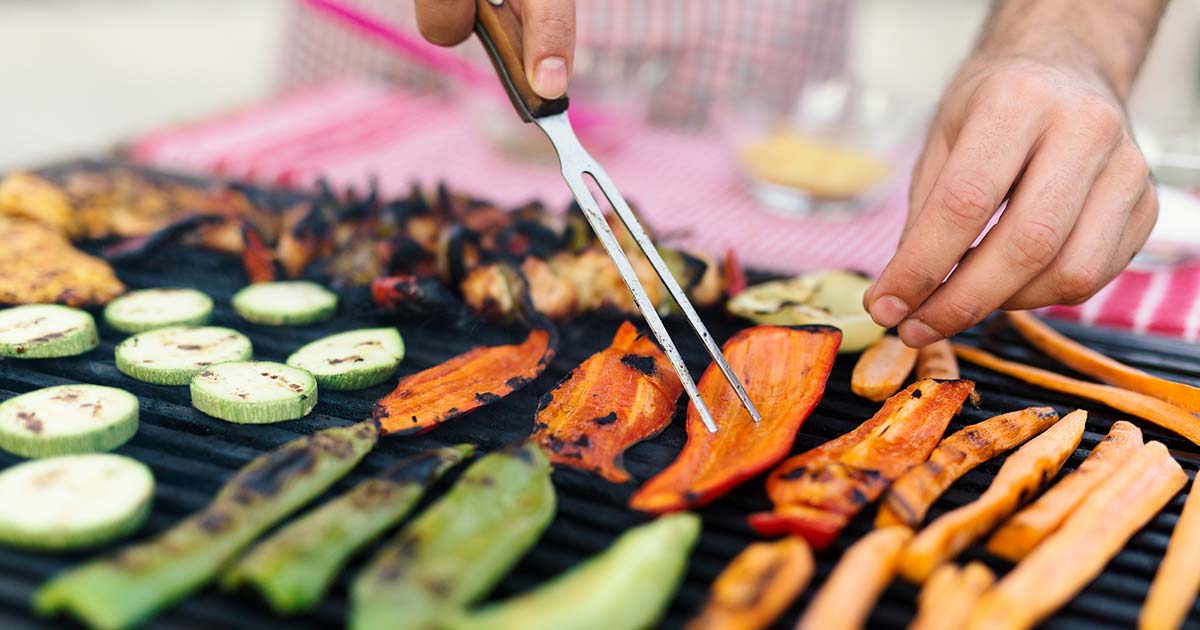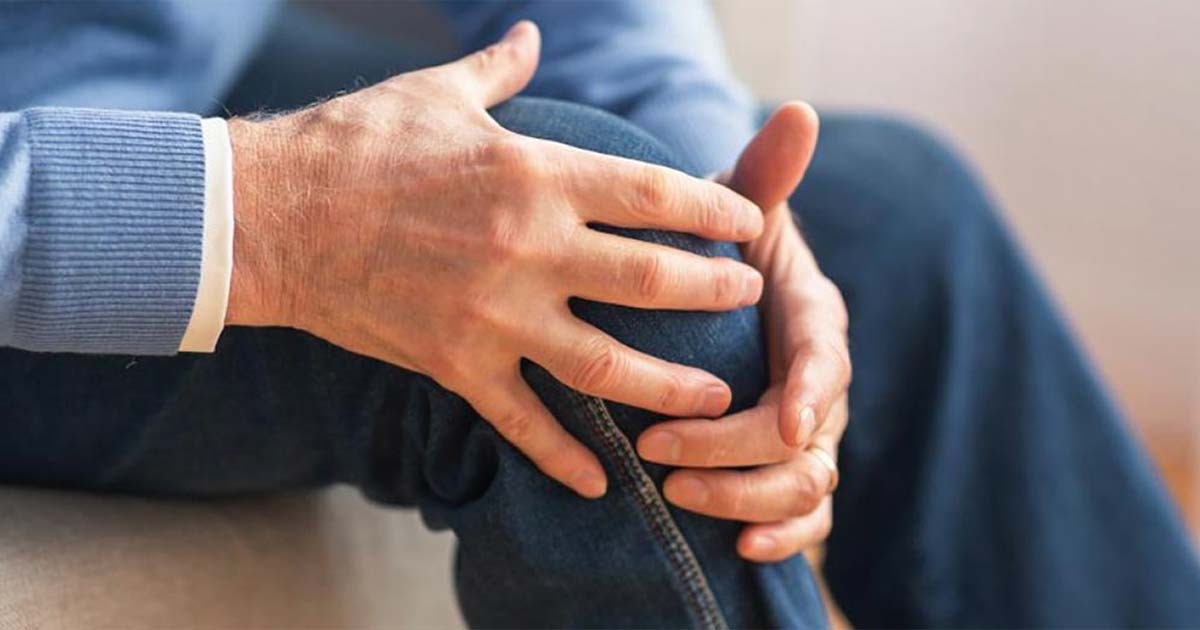
Advice to improve your movement, fitness, and overall health from the #1 in orthopedics in the U.S.
Preventing Joint Pain on Your Summer Travels
When we sit too much, our joints can grow stiff and sore. Here are six ways to avoid the pains of traveling with arthritis.
Advice to improve your movement, fitness, and overall health from the #1 in orthopedics in the U.S.
Whether by car, bus, plane or train, if you’re taking that long-awaited summer vacation, an extended period of sitting is likely in your future. Studies show that prolonged sitting over time can lead to all sorts of health issues, from cardiovascular disease to diabetes. But when you have arthritis or other joint issues, even one day of travel can lead to musculoskeletal pain that can stay with you for days. Here are six tips from HSS physical therapist Sarah M. Andrus, PT, DPT, CMPT, OCS, CSCS, to help avoid the pains of traveling with arthritis.

1. Fidget.
Even though you’re sitting, you can still move your joints. Bend and straighten your knees. Flex your hips. Do trunk twists. Anything to get your body stimulated and your blood circulating.
2. Build in a stop.
If you’re able, when traveling, try to plan a short layover on your flight home, or plan scheduled stops during a car ride to break up hours of sitting. It forces you to move around and allows your body to recuperate.
3. Adjust your car seat.
Many cars feature bucket-style seating, where the lower section can be tipped downward. Doing so opens up the hips and allows for the muscles to lengthen. This will help to minimize lower back and hip discomfort.
4. Get up and move.
For longer flights or train rides, try to get up every hour, just to walk the aisle. If you’re driving, take breaks at the same intervals. If no rest areas are available, simply pulling over to the side of the road and standing for one to two minutes can lessen joint stiffness and discomfort.
5. Exercise in your seat.
Contract your muscles and hold for a few seconds. Pull your belly button into your spine to activate your core, stimulate proper posture and relieve discomfort. Lightly contract your leg muscles, glutes or even your back muscles by pushing into your seat to activate the muscles and keep the joints from getting stagnant. Pump your ankles to decrease the potential for blood clots in the legs.
6. Drink water.
Many people avoid drinking water to keep from getting up or stopping for bathroom breaks. But dehydration can make muscle pain worse.
Published 6/13/2021


